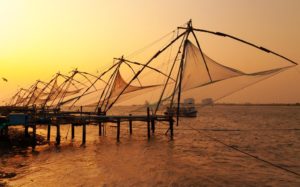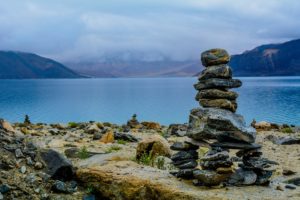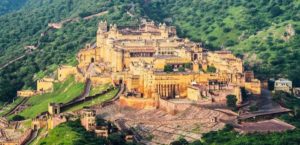Delhi officially the National Capital Territory of Delhi (NCT), is a city and a union territory of India containing New Delhi, the capital of India. It is bordered by the state of Haryana on three sides and by Uttar Pradesh to the east. Delhi has been continuously inhabited since the 6th century BCE. Through most of its history, Delhi has served as a capital of various kingdoms and empires, most notably the Delhi Sultanate and the Mughal Empire. The city has been captured, ransacked and rebuilt several times, particularly during the medieval period, and modern Delhi is a cluster of a number of cities spread across the metropolitan region. Delhi is the second-wealthiest city in India after Mumbai and is home to 18 billionaires and 23,000 millionaires. Here’s a list of the Best Places to Visit in Delhi.
Qutub Minar – The best places to visit in Delhi
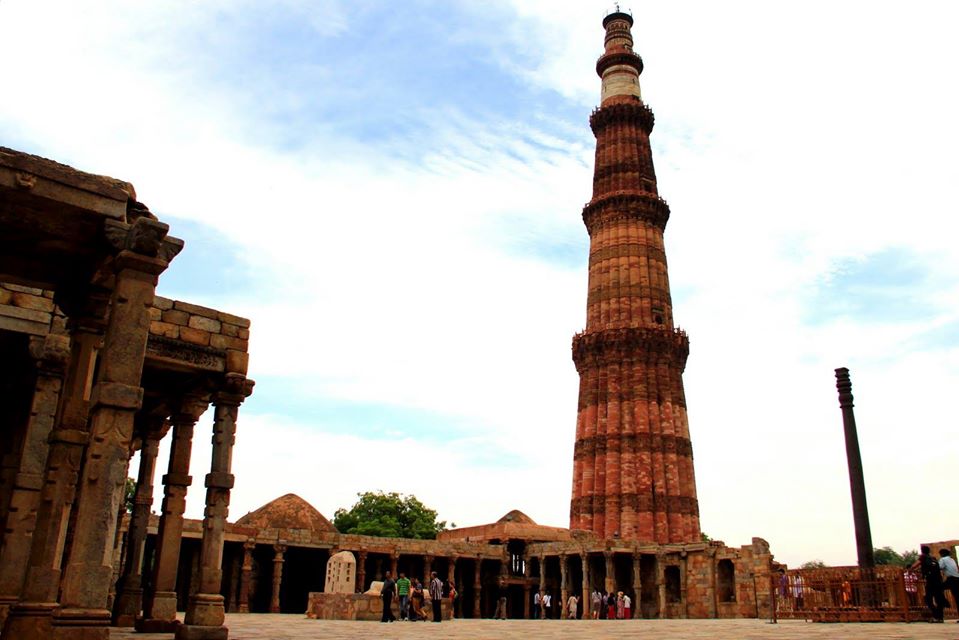
The Qutb Minar also spelled as Qutub Minar, is a minaret and “victory tower” that forms part of the Qutb complex, a UNESCO World Heritage Site in the Mehrauli area of Delhi, India. Qutb Minar was 73-metres tall before the final, the fifth section was added after 1369. The tower tapers and has a 14.3 meters base diameter gradually reducing to 2.7 meters at the top of the peak. It contains a spiral staircase of 379 steps. This is one of the best places to visit in Delhi with over 3 million visitors each year.
India Gate

The India Gate is a war memorial which is located at the eastern end of the Rajpath (formerly called the Kingsway), which is about 138 feet (42 meters) in height. It stands as a memorial to 70,000 soldiers of the British Indian Army who died between 1914–1921 in the First World War. Designed by Sir Edwin Lutyens, the gate evokes the architectural style of the triumphal arch. Following the Bangladesh Liberation war in 1972, a structure consisting of a black marble plinth with a reversed rifle, capped by a war helmet and bounded by four eternal flames, was built beneath the archway. This structure, called Amar Jawan Jyoti, has since 1971 served as India’s tomb of the unknown soldier.
Red Fort

The Red Fort is a historic fort in the city of Delhi in India, which served as the main residence of the Mughal Emperors. Every year on the Independence day of India, the Prime Minister hoists the Indian “tricolour flag” at the main gate of the fort and delivers a nationally broadcast speech from its ramparts. On 15 August 1947, the first Prime Minister of India Jawaharlal Nehru raised the Indian national flag above the Lahore Gate. On each subsequent Independence Day, the prime minister has raised the flag and given a speech that is broadcast nationally
Humayun’s Tomb

It is the tomb of the Mughal Emperor Humayun in Delhi, India. The tomb was commissioned by Humayun’s first wife and chief consort, Empress Bega Begum, in 1569-70, and designed by Mirak Mirza Ghiyas and his son, Sayyid Muhammad, Persian architects were chosen by her. It was the first garden-tomb on the Indian subcontinent and is located in Nizamuddin East, Delhi, India that Humayun found in 1533. It was also the first structure to use red sandstone at such a scale. The tomb was declared a UNESCO World Heritage Site in 1993, and since then has undergone extensive restoration work, which is complete. Besides the main tomb enclosure of Humayun, several smaller monuments dot the pathway leading up to it, from the main entrance in the West.
Lodhi Garden

Lodi Gardens or Lodhi Gardens is a city park situated in New Delhi, India. Spread over 90 acres, it contains, Mohammed Shah’s Tomb, Tomb of Sikandar Lodi, Shisha Gumbad and Bara Gumbad, architectural works of the 15th century by Lodis – who ruled parts of northern India and Punjab and Khyber Pakhtunkhwa province of modern-day Pakistan, from 1451 to 1526. The site is now protected by the Archaeological Survey of India. The gardens are situated between Khan Market and Safdarjung’s Tomb on Lodhi Road and are a hot spot for morning walks for the Delhites.
Chandni Chowk
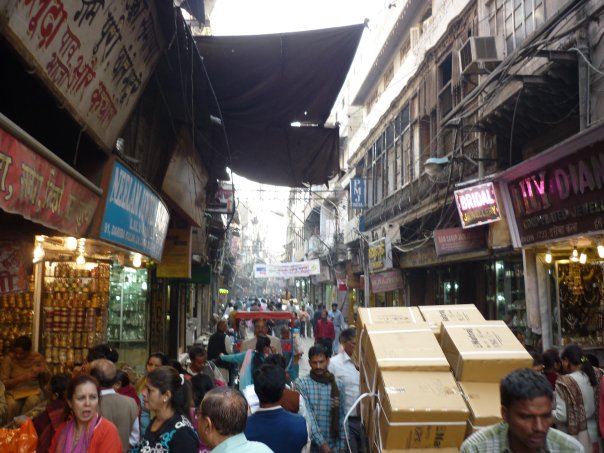
The Chandni Chowk is one of the oldest and busiest markets in Old Delhi, India. It is located close to Old Delhi Railway Station. The Red Fort monument is located at the eastern end of Chandni Chowk. It was built in the 17th century by Mughal Emperor of India Shah Jahan and designed by his daughter Jahanara. The market was once divided by canals to reflect moonlight and remains one of India’s largest wholesale markets. One of the best places to visit in Delhi for your souvenir shopping or any kind of shopping for instance.
Swaminarayan Akshardham
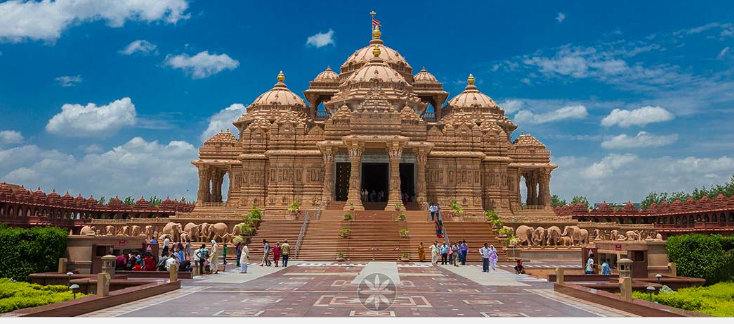
Akshardham or Swaminarayan Akshardham complex is a Hindu temple, and a spiritual-cultural campus in Delhi, India. The complex displays millennia of traditional Hindu and Indian culture, spirituality, and architecture. The temple was officially opened on 6 November 2005. The temple, at the center of the complex, was built according to the Vastu Shastra and Pancharatra Shastra. The Akshardham Delhi, similar to its predecessor Akshardham Gandhinagar, Gujarat. The main shrine is the focal point and maintains the central position of the entire complex. There are various exhibition halls which provide information about the life and work of Swaminarayan.
Jama Masjid mosque
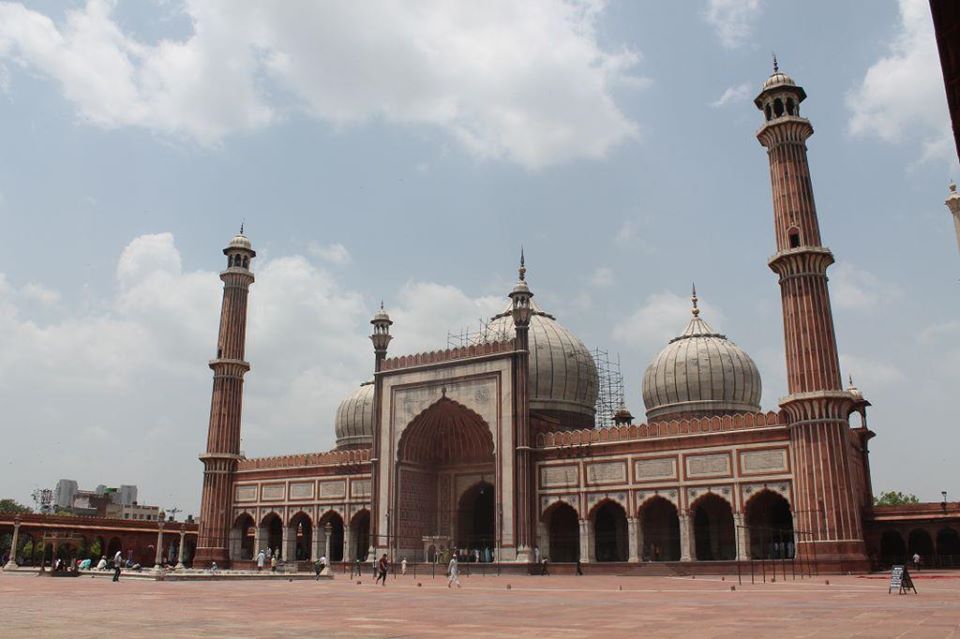
The Masjid e Jahan Numa, commonly known as the Jama Masjid of Delhi, is one of the largest mosques in India. It was built by the Mughal Emperor Shah Jahan between 1650 and 1656 at a cost of one million rupees. Was inaugurated by Imam Syed Abdul Ghafoor Shah Bukhari from Bukhara, present-day Uzbekistan. It was completed in 1656 AD with three gates and two 40 meters high minarets constructed with strips of red sandstone and white marble. The courtyard can accommodate more than 2500 people. There are three domes on the terrace which are surrounded by the two minarets. On the floor, a total of 899 black borders are marked for worshippers.
